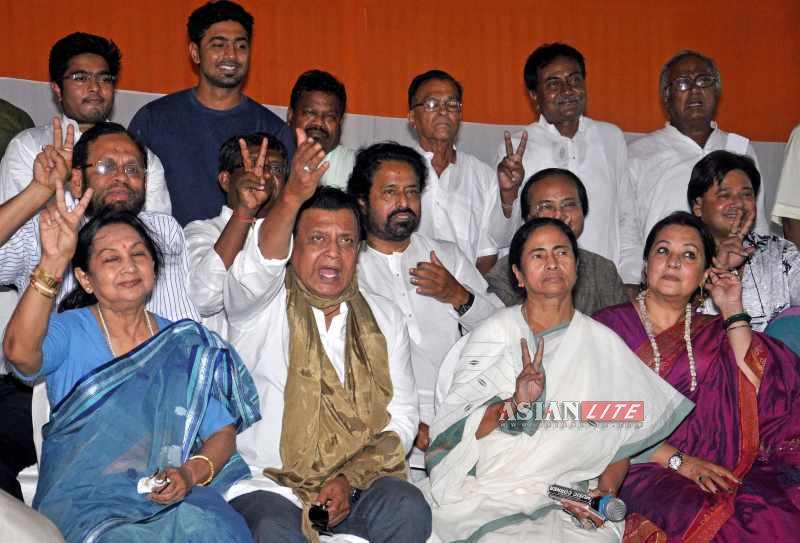Biswajit Choudhury writes on the missing of West Bengal representation in the new cabinet

The absence of representation in Prime Minister Narendra Modi’s cabinet for West Bengal, where the BJP won two seats, was depressing enough to provoke op-eds on the Bengali character.
A fascinating study of how regional politics shapes development in India (The Regional Roots of Developmental Politics in India: A divided Leviathan, Indiana University Press, by Aseema Sinha) is, in this context, most insightful about the history of Bengal’s complex relationship with the union.
In this comparative study of the trajectories of three states (West Bengal, Gujarat and Tamil Nadu), Sinha argues that a crucial fact of the path taken by Bengal is that, unlike other states that creatively worked the central industrial licensing system to their advantage, Bengal fell an economic victim to the success of the Communist Party’s political strategy of confrontation with the central government as a means of mobilizing Bengali sentiment. In other words, since taking power in the state in 1977, it paid political dividend to blame the centre for Bengal’s industrial decline.
A familiar Left Front refrain over the decades has been about how the centre extracted revenues from the state but hardly invested anything in return.
The CPI-M’s anti-centre political strategy proved particularly effective in organizing such a long and durable hold over the electorate because it drew on a regional political culture for mobilization of Bengali sub-nationalism. Its strident anti-centre stance came from a history of Bengali middle class hostility to the mainstream northern and moderate Gandhian nationalist legacy. In political terms, the regional identity meant that Congress rule in the state came to be seen as an extension of northern and Hindi domination.
Sinha shows how the social basis of both the Congress and the CPI-M in Bengal has been rooted in the middle class Bhadralok castes – the upper castes Brahmin, Vaishya and Kayastha. By the late 60s, over 70 percent of CPI-M state committee members were from these three castes.
It is well known how, as an outcome of the British settlement policies in Bengal, the rural elite went on to lose their ties with the land. The expansion of new opportunities meant that this class took to the jobs and professions available, and thereby established a dominance in the professional and cultural spheres that was overwhelming enough to become hegemonic.
The key factor here is that the ruling elite, which was almost exclusively Bhadralok (middle class literati), had become removed from productive activities in both agriculture and industry with the result that the dominant sections of Bengali society did not represent the commercial interests of agriculture or industry. Sinha reminds us, as an instance, that unlike in many other states, Bengal has never had a political party of any significance to represent the interests of the middle peasantry.
Instead, a non-productive elite, radicalized through the ideology of the 19th century movements like the Bengal Renaissance, nationalism and Marxism, helped give shape to an anti-centre regionalist policy based in Bengali political and cultural hegemony. Given the state’s complicated relationship with the centre since the country’s independence, the absence of Bengal in the cabinet is not unexpected.